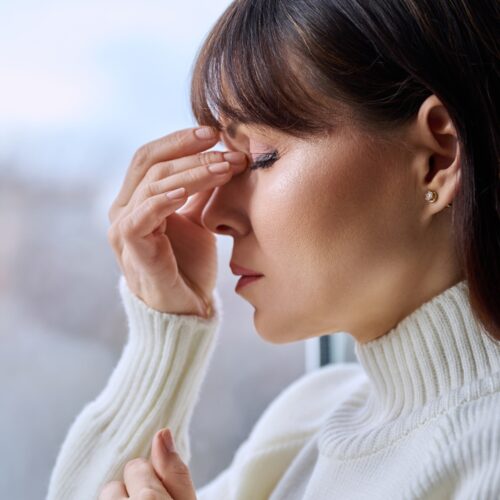In the realm of gynaecological health, innovative solutions are crucial for addressing common yet sensitive issues. Many women experience discomfort due to vaginal dryness, irritation, or atrophy, particularly during menopause or following certain medical treatments.
Category: Women’s Health
Women burn fat even after menopause: a close look at middle-aged metabolism
As women transition into menopause, they often encounter various changes in their bodies, particularly concerning metabolism and weight management.
The benefits of Vaginal Tightening: safe and effective solutions
As women navigate through different stages of life, particularly during aging and childbirth, their bodies undergo significant changes. One area that can be particularly affected is the vaginal region. These changes can lead to various concerns, including feelings of laxity and discomfort.
What age should a woman start to visit a Gynaecologist?
Visiting a gynaecologist is an essential aspect of a woman’s healthcare journey. However, many women are unsure about when they should begin these visits.
9 Signs that you might be in Perimenopause
Perimenopause is the transitional phase leading up to menopause, typically occurring in women in their 30s and 40s. This period is characterised by hormonal fluctuations that can result in various physical and emotional changes.
Bridging the Gap in Gynaecology Care: addressing wait times and access in the UK
At Lancashire Gynaecologist, we are acutely aware of the pressing challenges facing women’s healthcare in the UK. The statistics presented by the Royal College of Obstetricians and Gynaecologists (RCOG) reveal a concerning reality: over three-quarters of a million women are currently waiting for hospital gynaecology treatments.
Understanding Medically Induced Menopause
Menopause is a natural biological process that marks the end of a woman’s reproductive years, typically occurring in their late 40s to early 50s. However, some women may experience menopause earlier than expected due to medical interventions. Medically induced menopause can be a necessary treatment for various health conditions.
Understanding the O-Shot: Procedure, benefits, and popularity
The O-Shot is a non-surgical procedure designed to improve sexual function and rejuvenate the genital tissue in women. It involves extracting platelet-rich plasma (PRP) from the patient’s blood and injecting it into the vaginal area.
Understanding Testosterone and Oestrogen Implants
As advancements in medical technology continue to revolutionise the field of gynaecology, the use of hormone implants has emerged as a popular and effective treatment option for various conditions.
Cosmetic Gynaecology
Over the last few years there has been a noticeable surge in the popularity of cosmetic gynaecology treatments among women seeking to enhance their intimate wellness and appearance. From vaginal rejuvenation to labiaplasty, these procedures are empowering women to take control of their bodies and boost their self-esteem.










